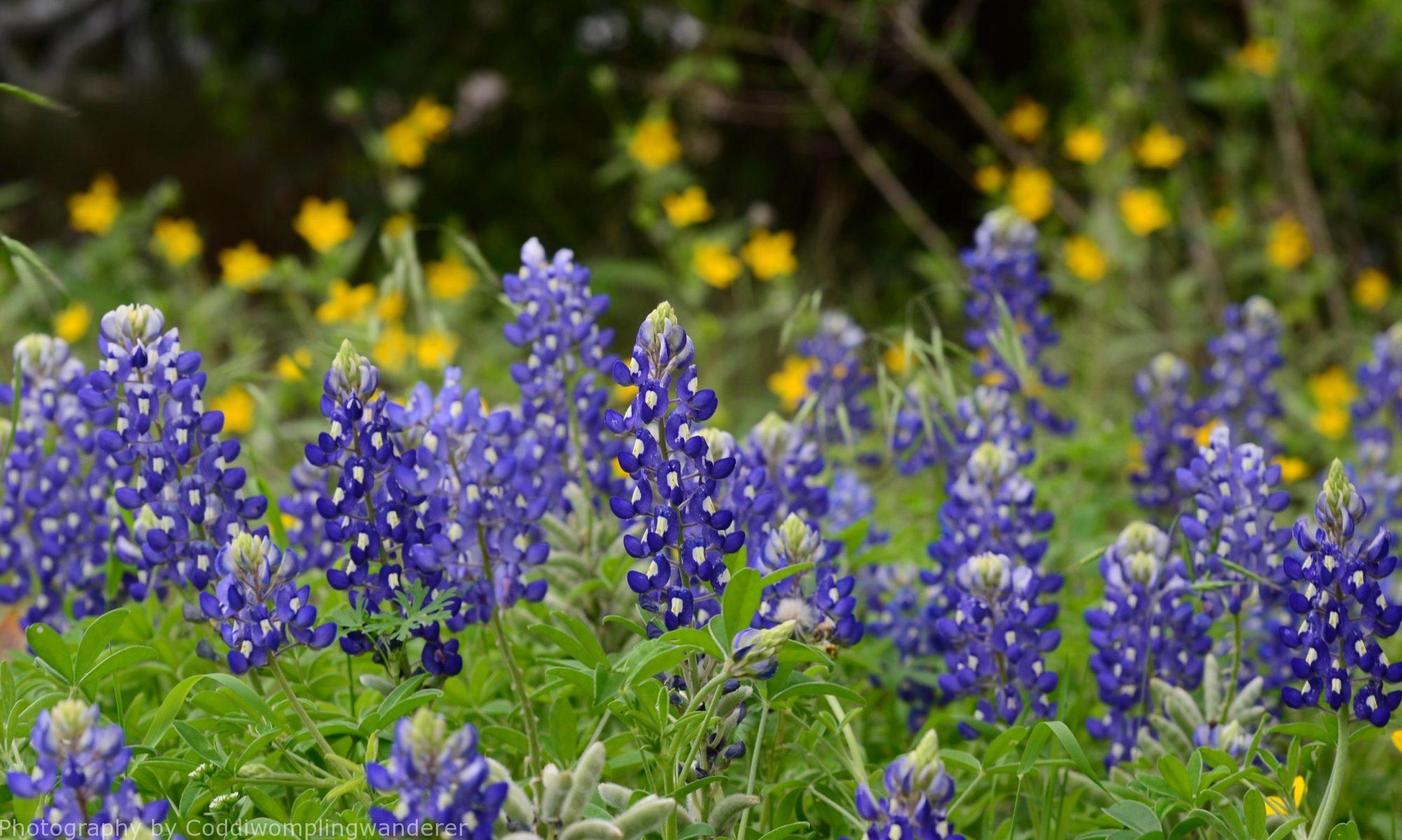There’s a place in central Texas that will transport you to another world—a quieter world—where birds chirp flirtatiously, bees buzz busily, and brooks babble sweet lullabies; where all you see for miles are prairies painted in greens and golds, and in the springtime, fields dancing with brilliant Bluebonnets and blazing Indian Blanket.

This magical otherworld, with hills that gradually roll and dip into a distant phantom sea, is called Doeskin Ranch and is located within Balcones Canyonlands National Refuge in Bertram, TX—approximately one hour from Austin.

The refuge was established in 1991 for the purpose of preserving habitat for endangered species, and as of 2019 it spans about 27,500 acres. It is recognized as an internationally important Bird Area, harboring 245 bird species for part or all of the year, including two endangered species: the black-capped vireo and the golden-cheeked warbler.
In 2005, Doeskin Ranch was designated as a national recreation trail, which treats the public to an impressive display of flora and fauna. You’ll see bright-colored wildflowers and shimmering grasses, prickly pear cacti gardens, and vibrant flowering shrubs.

You may encounter deer, coyote, beavers, foxes, feral pigs, and bobcats. And thousands of monarchs pass through the area during their spring and fall migrations.
A few things to note about the trail:
- The small parking lot fills quickly on weekends, so if you’re going with a group, you may want to consider carpooling.
- Pets are not allowed on the trails.
- Public restrooms are located at the trailhead.
- You can grab a trail map from the information post, which provides five miles of trails to choose from:
- Pond and Prairie: 0.4 mile loop follows alongside a small pond—easy
- Creek Trail: 0.5 mile loop follows alongside a creek and through an old oak forest, provides shade—easy
- Rimrock Trail: 2.2 mile loop takes you up to the top of the plateau where you will find spectacular panoramic views—moderate
- Indiangrass Trail: 1.5 mile loop at the top of the plateau and follows alongside beautiful sun-kissed prairies dotted with wildflowers in spring— moderate
- Shin Oak Trail: 0.5 mile loop alongside a small pond—moderate

All the loops are conveniently connected. If you’d like to do a long stretch of connected loops, you can start along Rimrock, veer right onto Shin Oak, and continue up to Indiangrass. This approximately 2-hour hike includes a rocky, rigorous, and steep climb up to the plateau, shady overlooks with benches to rest along the way, two creek crossings, and commanding views of Texas hill country.

Now that Springtime is here, there is no better time to visit this far away yet not so far away land for a spectacular viewing of stunning wildflowers, and maybe even catch a glimpse of an elusive and rare songbird.
Happy trailing!

According to www.fws.gov, “Layers of limestone, up to 1,000 feet thick in some places, underlie Balcones Canyonlands National Wildlife Refuge. In Spanish, “Balcones” means balconies and is a reference to the limestone terraces clearly visible in many parts of the refuge. They were formed more than 60 million years ago when central Texas was a shallow sea …”






